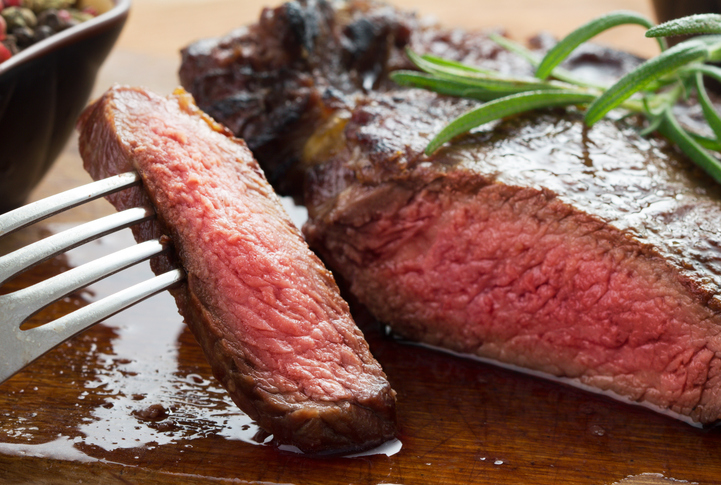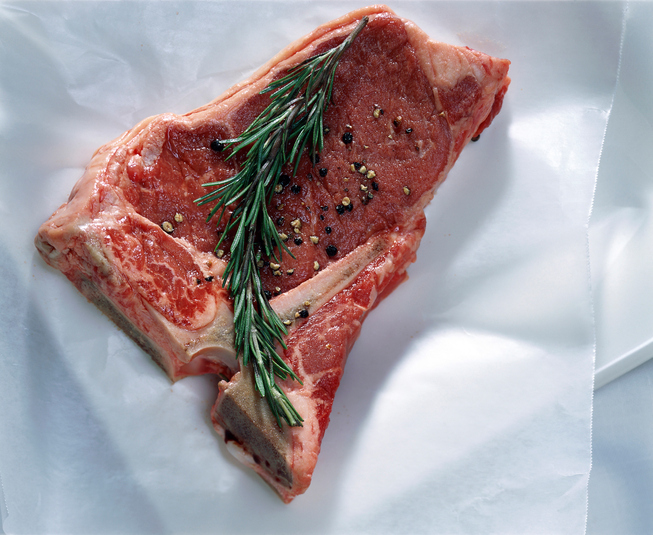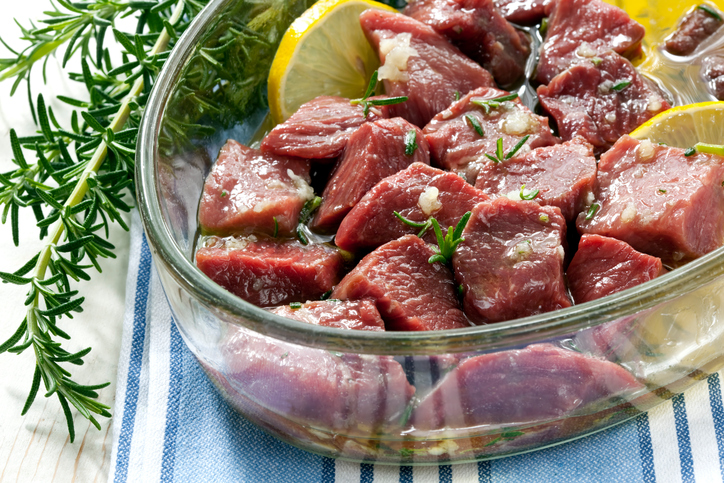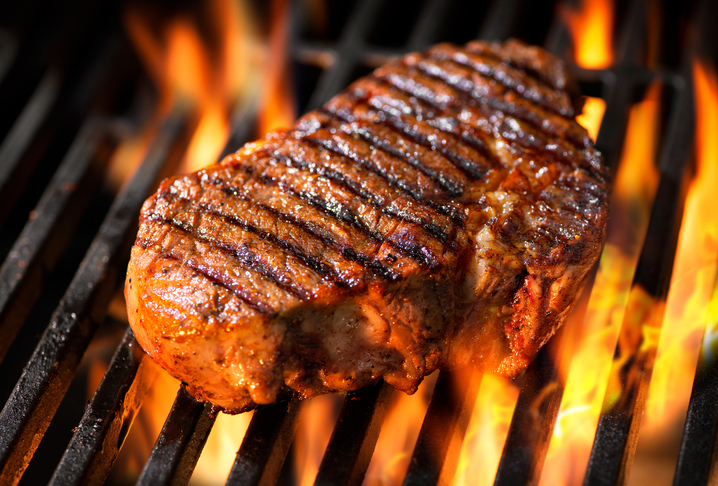Because grass-fed beef is extremely low in fat, nutrition and medical professionals sing its praises. (Grass-fed beef has about the same amount of fat as skinless chicken.) But the extremely low-fat content that delivers those health benefits can also make overcooking a problem. You can avoid disappointment and enjoy your healthy grass-fed beef by using a few key principles:
Watch the clock.
Whatever cooking time a recipe recommends for ‘beef,’ cut the time by 30 percent when you go with grass-fed. And when in doubt, remove the meat sooner rather than later. Even one extra minute can take grilled steak to an overcooked place.
Aim for rare to medium rare.
Grass-fed beef should be served rare to medium rare when grilling. Since the meat has less fat, you definitely don’t want to dry it out.
Bring to room temperature.
Bring to room temperature before cooking. Defrost slowly in the refrigerator or wrapped in plastic and immersed in water. (Never, ever defrost in a microwave.)
Add moisture.
Coat with virgin olive oil, truffle oil, or any light oil. It will enhance flavor, add to browning, and prevent drying. Alternately, cook in liquid to up the moisture content (braising is a great option on a wood pellet grill). And always marinate the leanest cuts, like steak, especially before grilling. Learn more about marinades or try this simple but super-tasty Marinade recipe.
Sear, Baby, Sear!
When you grill grass-fed beef, give a quick sear over medium-high heat to seal in juices, then reduce to medium or low for the rest of your cooking time.
Combine marinating and grilling techniques with this savory recipe for Tamari-orange whiskey kebabs. Use grass fed kebab meat, or cut 1-1/2” cubes from a London broil, sirloin, top round or eye of round.
BACK TO BLOG





